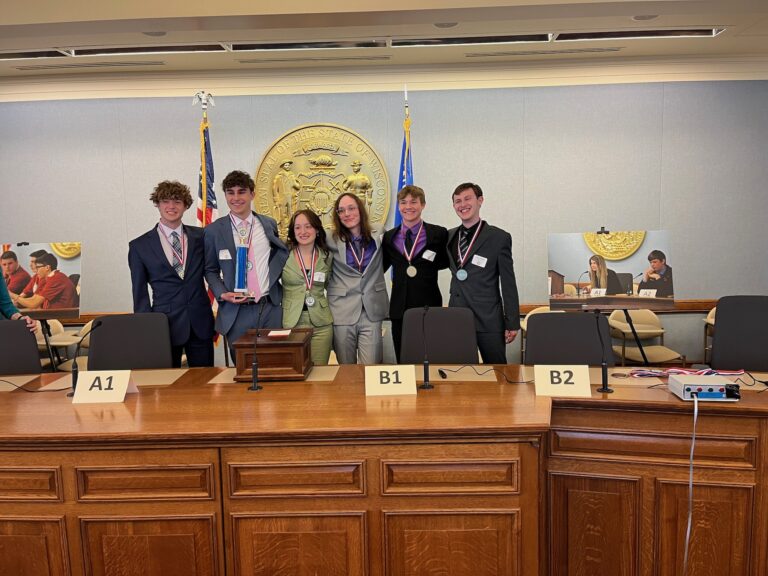Back Home by Chris Hardie
- Download this column as a Word document
- Download the photos that accompany this story
- Chris Hardie’s headshot
An early morning of fog and mist greeted me as I slipped out the back door.
The Driftless Area is especially magical this time of year with our foggy mornings. It’s caused by cooler overnight temperatures matching the dew point. Water vapor condenses into liquid water droplets suspended in the air, creating a backdrop of mystery and beauty.
My destination was the vegetable garden, but I stopped to take in the moment. Across the creek used to be the night pasture for the dairy cattle. As we prepared for the morning milking at 6, we would try to call the cows in.
“Come boss, come boss.”
Sometimes the cows came, one by one, up the lane to the cowyard. If we were lucky, the whole herd would be ready to come in by the time we finished pushing the feed cart around the barn.
Sometimes they didn’t and you’d have to walk down the lane into the fog to fetch them. It was somewhat of an eerie feeling on extremely foggy mornings to have large bovines suddenly emerge from the mist.
Those were sweatshirt mornings, the long sleeves welcome in damp and cool air. But by the end of milking, the temperature started to rise and the fog burned off. Sometimes the mist would hang around until after breakfast.
No fetching cows this morning though. The task at hand was to harvest our sweet corn.
While early achievers have already been dining on sweet corn for more than a month now, most of our garden was not planted until Memorial Day weekend. With only the two of us to feed, we only did one planting of six short rows surrounded by vine crops to help keep the raccoons out.
Wisconsin may be known as the dairy state and the cranberry king, but we also grow lots of vegetables. Our sweet corn production ranks third in the nation, according to the United States Department of Agriculture, and is celebrated by many sweet corn festivals throughout the state.
In 2021 Wisconsin produced just shy of 958 million pounds of sweet corn, accounting for nearly 17% of the nation’s production. Washington is No. 1 with 1.57 billion pounds, followed by our neighbors to the west in Minnesota with 1.44 billion pounds. That sounds like a lot of kernels, but sweet corn represents only 1% of the nation’s corn crop.
Sweet corn is believed to have come from the wild corn native to the lowlands of the Andes Mountains. When I was young we sometimes ate plain field corn, but most of the commercial agriculture corn planted now is dent corn, grown for its ability to dry and not for sweetness.
There are three types of sweet corn – normal sugary, sugary enhancer and supersweet. We planted a bicolored supersweet variety.
Stepping carefully as I could between the jungle of squash vines, I quickly worked my way up and down the rows. Any cob with a dark silk was stripped from the stalk and tossed into a bin. In about 20 minutes my shirt and pants were soaked from the morning dew but the bin was full.
I carried the bin to the house, where my wife Sherry started husking, boiling water, blanching and cutting. A couple of hours later, 11 pint-sized bags and eight quart-sized bags were in the freezer.
There are still a few underripe cobs left to pick for a few more meals. But when the green stalks turn brittle and golden and a winter wind blows through the valley, we can still enjoy a little sweet taste of summer.
Chris Hardie spent more than 30 years as a reporter, editor and publisher. He was nominated for a Pulitzer Prize and won dozens of state and national journalism awards. He is a former president of the Wisconsin Newspaper Association. Contact him at chardie1963@gmail.com.



